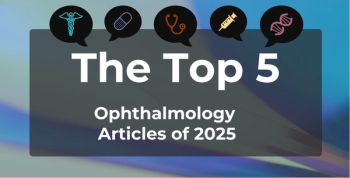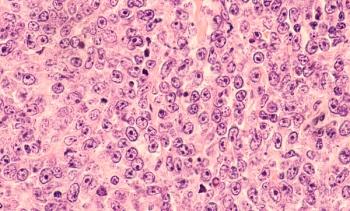
New CAR T Trial in MM Aims for Triple Receptor Targeting
Leland Metheny, MD, is lead investigator for the Phase 1 BAFF CAR T clinical trial, which is evaluating the safety and effectiveness of a novel approach to chimeric antigen receptor (CAR) T-cell therapy in multiple myeloma (MM) that targets 3 receptors on cancer cells and uses electroporation vs the typical lentiviral vector delivery.
The phase 1 BAFF CAR T clinical trial is investigating a new way to deliver chimeric antigen receptor (CAR) T-cell therapy to its intended targets on 2 fronts: by targeting 3 cell receptors—BAFF receptors, B-cell maturation antigen (BCMA), and transmembrane activator and CAML interactor (TACI)—vs the typical single receptor (CD19) and using electroporation instead of lentiviral vector delivery. The American Journal of Managed Care® spoke with lead investigator Leland Metheny, MD, about the trial goals and how targeting 3 receptors compared with 1 receptor works.
Metheny is a hematologist-oncologist at University Hospitals Seidman Cancer Center and assistant professor of medicine at Case Western Reserve University School of Medicine in Cleveland, Ohio.
Transcript
What are your primary and secondary outcomes of interest in the BAFF CAR T clinical trial?
The BAFF CAR T phase 1 clinical trial, of course, is a phase 1 trial. We're looking at safety, that's the primary outcome. In addition to that, we want to look at effectivity and the length of effectivity, meaning how long can we affect a progression-free survival in patients with multiple myeloma. And there are some correlative outcomes that we are looking at: integration of the DNA, persistence of the CAR T cells in patients, and immune-kind of end points, focusing on how long people are immunosuppressed and things like that.
Can you explain how your triple target approach works?
This CAR T cell is targeting 3 receptors on mature B cells and plasma cells. The typical CAR T cell will recognize 1. One of the most common is CD19, and that's used for the treatment of certain lymphomas. Another receptor that's being used in multiple myeloma is BCMA; that's a target for many CAR T cells for multiple myeloma.
This target is a ligand-based target, meaning there are receptors on the cell surface that attach to ligands, and this CAR T cell acts as kind of a fake ligand and will attach to 3 receptors on cell surfaces. One is the BAFF receptor, one is BCMA, and one is TACI. The benefit of being able to recognize and attach and then, therefore, attack the cells that have those receptors is that it's much harder for a cancer cell that has those 3 receptors—like certain types of lymphomas and myeloma—to downregulate all 3 receptors rather than just one. And so, the immune escape is less likely to occur in that setting.
Newsletter
Stay ahead of policy, cost, and value—subscribe to AJMC for expert insights at the intersection of clinical care and health economics.







































